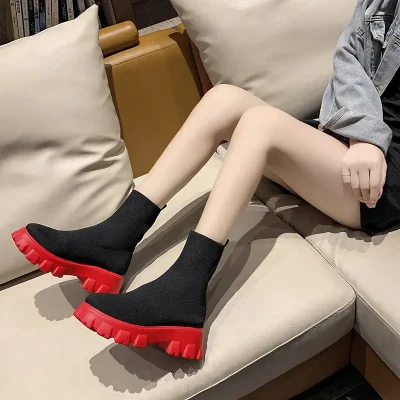Cushioning and support are essential for enhancing comfort in heels soles, helping to reduce foot fatigue, prevent discomfort, and maintain foot health. Here are key factors and strategies to ensure your heels offer optimal cushioning and support:
1. Choose the Right Materials
- Memory Foam: Memory foam insoles conform to the shape of your foot, providing personalized cushioning and support.
- Gel Inserts: Gel inserts offer excellent shock absorption and reduce pressure on the ball of the foot and heels.
- EVA Foam: EVA (Ethylene Vinyl Acetate) foam provides lightweight cushioning and flexibility, enhancing overall comfort.
2. Opt for Built-In Arch Support
- Ergonomic Footbeds: Look for heels with ergonomically designed footbeds that support the natural arch of your foot.
- Contoured Insoles: Contoured insoles help distribute weight evenly across the foot, reducing strain on the arches and providing better alignment.
3. Consider Heel Height and Design
- Lower Heels: Lower heels (1-3 inches) typically offer more comfort and stability than higher heels.
- Block Heels: Block heels provide a wider base of support, distributing weight more evenly and reducing pressure on the feet.
- Platform Soles: Platform soles can reduce the effective heel height, providing the elevation without the steep angle, which enhances comfort.
4. Look for Enhanced Padding
- Cushioned Insoles: Many brands offer heels with extra padding in the insoles, particularly under the ball of the foot and the heel.
- Double-Layer Padding: Double-layer padding combines different materials (e.g., foam and gel) for superior cushioning and shock absorption.
5. Use Customizable Inserts
- Orthotic Inserts: Custom orthotic inserts can provide personalized support and cushioning tailored to your specific foot shape and needs.
- Heel Grips: Heel grips prevent your feet from slipping and reduce friction, enhancing comfort and stability.
6. Ensure Proper Fit
- Correct Size: Wearing the correct shoe size is crucial. Shoes that are too tight or too loose can cause discomfort and lack proper support.
- Adjustable Straps: Shoes with adjustable straps or laces can help achieve a better fit and provide additional support.
7. Choose Breathable Materials
- Leather: Leather is breathable and molds to the shape of your foot over time, offering a comfortable and supportive fit.
- Mesh and Fabric: Breathable mesh or fabric materials enhance air circulation, keeping your feet cool and comfortable.
8. Prioritize Quality Construction
- Well-Made Heels: High-quality construction ensures that the shoes provide proper support and cushioning. Look for brands known for their craftsmanship and comfort.
- Sturdy Shanks: A sturdy shank (the part of the sole between the heel and the ball of the foot) provides essential support and stability.
9. Consider Additional Features
- Anti-Fatigue Technology: Some brands incorporate anti-fatigue technology designed to reduce foot fatigue and provide all-day comfort.
- Shock-Absorbing Soles: Soles with shock-absorbing properties help to reduce impact and pressure on the feet.
10. Regular Maintenance
- Replace Worn Insoles: Over time, insoles can lose their cushioning properties. Replace them as needed to maintain optimal comfort and support.
- Regular Cleaning: Keep your heels clean and in good condition to ensure they provide the best support and comfort.
Conclusion
Enhancing comfort in heel soles involves choosing the right materials, ensuring proper fit, and incorporating features that provide cushioning and support. By focusing on these factors, you can find heels that offer both style and comfort, allowing you to wear them confidently and comfortably throughout the day.


















